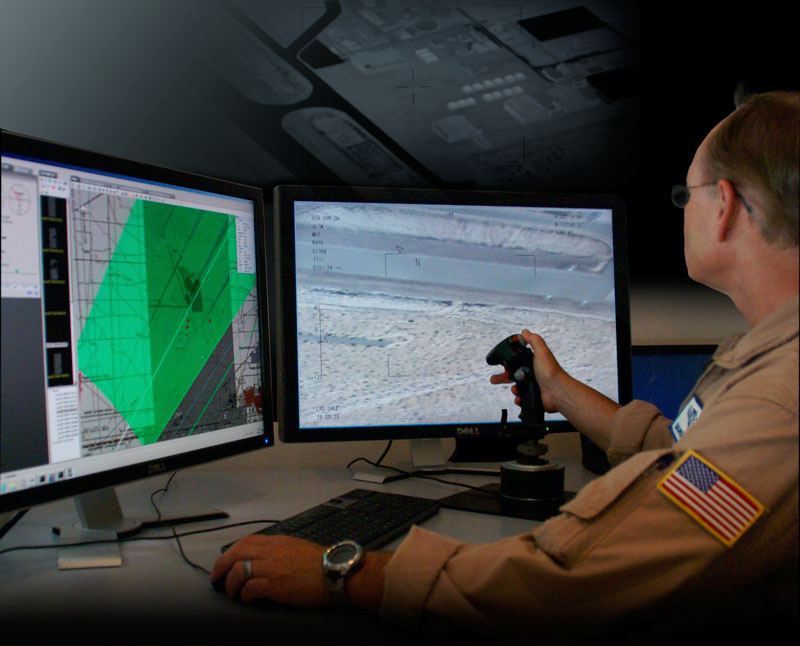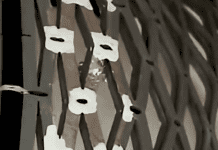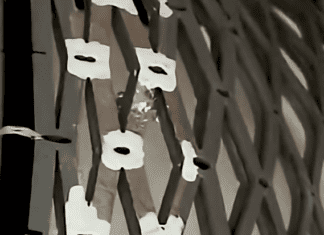This post is also available in:
 עברית (Hebrew)
עברית (Hebrew)
The first demonstration of a long-endurance RPA was carried out by a private company in Japan. General Atomics Aeronautical Systems, Inc. (GA-ASI) started the first flight of the Guardian Remotely Piloted Aircraft (RPA) in Japan in order to promote the civil and scientific applications of the RPA.
The demonstration that took place on Iki island was an important milestone for the many peaceful uses of RPAs, including maritime disaster security and maritime resource management. Iki is located near the boundaries of Japan, so surveillance capabilities are an important matter for Japan as well. The Guardian will collect data for scientific research that will be shared across multiple government agencies.
Various missions will be demonstrated, including meteorological, disaster-relief and oceanic observations, marine accidents and rescue support, and airspace management and support of communications.
The aircraft’s sensors include a long-range maritime surface-search radar, stabilized optical and infrared video cameras, and an active collision-avoidance system, which includes a short range air-to-air radar. This configuration is similar to that operated by the U.S. Department of Homeland security over the maritime approaches to the U.S, according to the company announcement.
For demonstration purposes, the Guardian flights will consist of approximately 10 five-hour sorties over a three week period, originating out of Iki Airport; however, this aircraft configuration is capable of more than 20 hours endurance in a single sortie.
The sensor data collected by Guardian will be provided to scientific research institutions, and flight data will be given to airspace management organizations to help establish procedures for using RPA systems in national and international civil airspace.


























